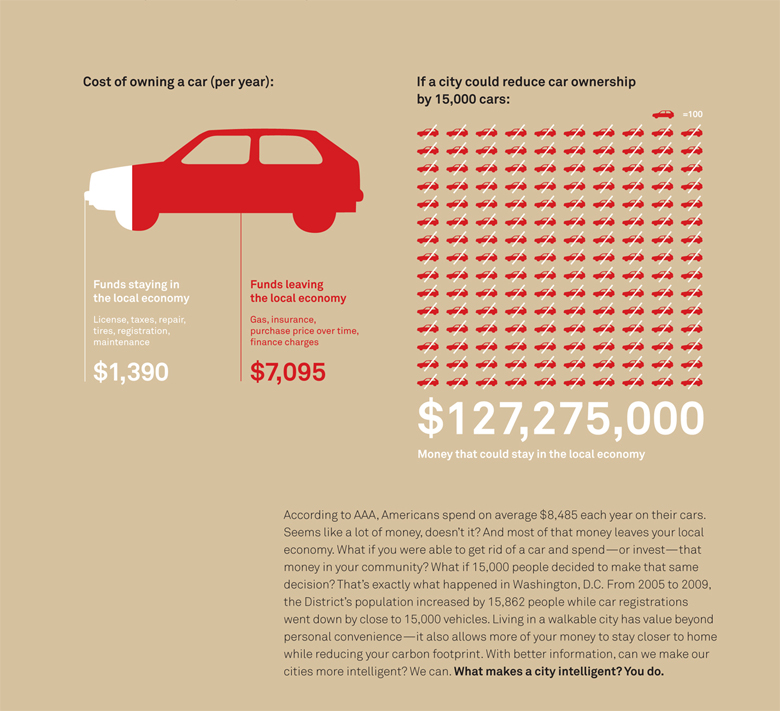(Source: The Texas Tribune)

Image Courtesy: Theatlanticright.com via Google Images
A threat from the federal government to shut down Texas airports or cancel flights may have killed legislation, House Bill 1937, pushed by Tea Party conservatives in the Texas Capitol to prohibit federal Transportation Security Agents from conducting “invasive searches.”
The Texas Tribune has the scoop: The bill passed by the House earlier this month, would make it a misdemeanor offense for a federal security agent to “intentionally, knowingly, or recklessly [touch] the anus, sexual organ, buttocks, or breast of the other person, including touching through clothing, or touching the other person in a manner that would be offensive to a reasonable person.”
Two TSA officials visited Patrick at the Capitol earlier today to discuss the legislation. They warned him that the legislation “could close down all the airports in Texas,” he said. After their departure, U.S. Attorney John E. Murphy sent a letter to Speaker of the House Joe Straus and Lt. Gov. David Dewhurst saying the bill would “conflict directly with federal law” and that if it became law, “TSA would likely be required to cancel any flight or series of flights for which it could not ensure the safety of passengers and crew” until the agency could seek a court order stopping the measure from being carried out.
Click here to read the rest of the story.
Note: This is not the first time or the first issue the Texas legislature has butted heads with the Federal government. There is the legendary EPA vs Texas reg. the federal takeover of lax pollution standards in the state. And now a new issue looks to threaten the already fractured relationship and this one involves a brown, beady-eyed, two-and-a-half-inch animal – the sagebrush lizard. The Texas House this morning approved a resolutioncalling on the U.S. Fish and Wildlife Service to rescind its proposal to bring the lizard under the Endangered Species Act. For the West Texas lawmakers, this federal proposal to protect the dunes sagebrush lizard could halt the production of millions of barrels of oil and gas. Is this another classic Texas story where greed reigns supreme or a genuine concern for the people who depend on the oil & gas revenue?




